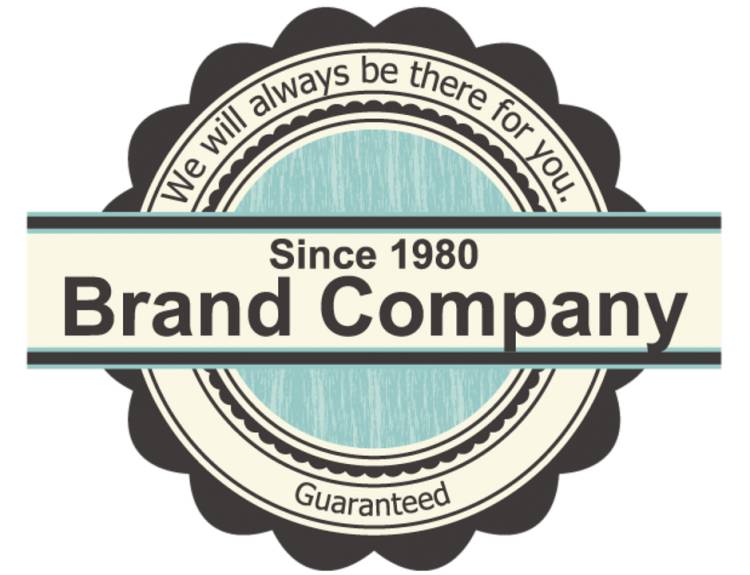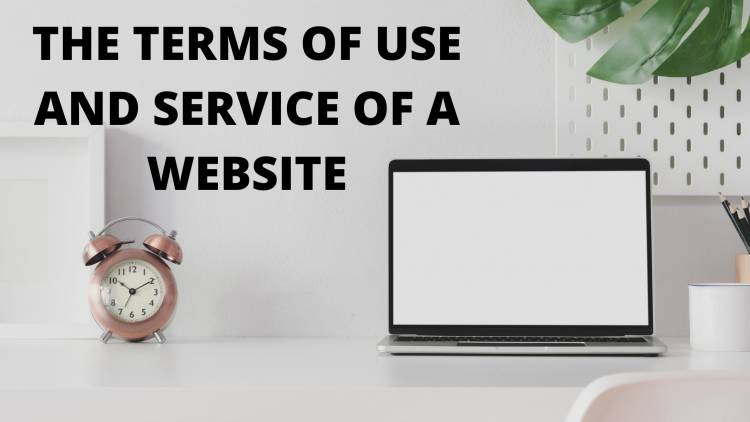Trademarks in the Software Industry: Safeguarding Your Product and Logo
This blog explores the significance of trademarks in the software industry, emphasizing their role in protecting a software product's name, logo, and overall brand identity. As the software market becomes increasingly competitive, trademarks serve as key tools for distinguishing products, building consumer trust, and preventing infringement. The blog covers the benefits of trademark registration, including legal protection, brand recognition, and exclusive rights. It also provides guidance on how to create, register, and enforce a trademark, ensuring long-term brand security. Ultimately, the blog highlights the importance of trademarks in safeguarding intellectual property and contributing to a software company’s success.

INTRODUCTION
In the competitive software industry, protecting your product and logo is essential to building a strong brand. Trademarks serve as the cornerstone of this protection, distinguishing your software from others and establishing trust with consumers. This blog explores the importance of trademarks in the software industry, highlighting how they safeguard your brand, increase market recognition, and offer legal protection. Learn why securing a trademark is a crucial step for any software business looking to thrive in a crowded market.
What is a Trademark?
A trademark is a recognizable symbol, word, phrase, logo, or design that distinguishes the goods or services of one business from another. In the software industry, trademarks play a critical role in creating brand identity and consumer trust. When users see your software's logo or name, they should immediately associate it with the quality and functionality you've promised. A trademark is your exclusive right to use that identity in the marketplace.
Examples of Software Trademarks
Some well-known trademarks in the software industry include:
- Microsoft’s “Windows” logo
- Apple’s logo and the name “MacOS”
- Adobe’s “Acrobat” logo
- Google’s logo and the term “Google”
These trademarks are not just logos; they represent the reputation, quality, and reliability of these brands. Whether it’s a consumer-facing application or enterprise software, your trademark serves as a key element of your brand’s presence.
Why Are Trademarks Important in the Software Industry?
In the software industry, trademarks offer several key benefits:
1. Brand Recognition and Differentiation
A trademark helps your software stand out in a crowded market. A unique logo or product name acts as a differentiator, making it easier for potential users to find your software and remember it. Brand recognition is vital, especially when you are launching new products or services. For example, imagine a user trying to decide between two similar software products. If one product has a recognizable logo or name, they are more likely to choose it.
2. Consumer Trust
When consumers recognize a trademark, they often feel more confident in the quality and reliability of the product. This trust is built over time as users associate the trademark with positive experiences. If your software has a strong trademark, it sends a message that you are an established and reputable provider. This is particularly important in the software industry, where trust is a critical factor when users are deciding which tool to adopt.
3. Legal Protection Against Infringement
A registered trademark offers legal protection. If a competitor uses a similar logo or product name, leading to confusion in the market, you can take legal action to protect your brand. Without trademark protection, it’s much harder to prevent others from copying or misusing your brand identity, which could lead to market confusion and lost sales.
4. Exclusive Rights to Your Brand
Trademark registration grants you exclusive rights to the use of your logo, name, or design within the software industry. This means that no one else can legally use that name or logo to sell software or related services, thus preserving the integrity of your brand.
5. Increase in Business Value
A strong trademark can significantly increase the value of your software company. As your software gains traction, its trademark can become a valuable asset in your portfolio. If you ever choose to sell your software company or license the software, the trademark can become a major selling point.
To know more about this you can follow the link below:
How to Safeguard Your Product and Logo with Trademarks
Securing a trademark for your software product and logo is a crucial step in protecting your intellectual property. Here’s how you can go about it:
1. Create a Unique and Distinctive Trademark
Your trademark must be unique and easily distinguishable from existing trademarks in the software industry. Avoid generic or overly descriptive names, as they may not qualify for trademark protection. Instead, aim for a creative and memorable name or logo that represents your software’s core values and mission.
2. Conduct a Trademark Search
Before finalizing your trademark, it’s essential to conduct a trademark search to ensure that your desired name or logo isn’t already registered by another entity. This will save you from potential legal battles in the future. You can conduct a search through the official trademark office of your country.
3. Register Your Trademark
Once you’ve confirmed that your trademark is unique, you can proceed with registration. Trademark registration provides legal protection, making it easier to enforce your rights if someone tries to infringe on your trademark. You’ll need to submit an application to the relevant trademark office, providing details about your software and trademark, along with any required fees.
4. Use Your Trademark Consistently
To maintain the strength and validity of your trademark, it’s important to use it consistently across all marketing materials, product packaging, websites, and software interfaces. Trademark usage helps reinforce your brand identity and ensures that your mark is recognized and protected.
5. Monitor and Enforce Your Rights
Trademark protection doesn’t stop at registration. It’s important to monitor the market for any potential infringements. If you find that another company is using a similar trademark, you can take legal action to stop the infringement. This may include sending a cease-and-desist letter, filing a complaint, or even pursuing a lawsuit if necessary.
Conclusion
In the software industry, your trademark is much more than a logo or product name; it’s a representation of your brand’s identity, values, and reputation. Securing and protecting your trademark is crucial for establishing trust with consumers, differentiating your software from competitors, and ensuring the long-term success of your brand. By following the steps to register and protect your trademark, you’re safeguarding your software’s future and paving the way for continued growth in an increasingly competitive market.
Whether you’re launching a new software tool or refining an existing product, make sure to prioritize trademark protection. It’s one of the best ways to preserve your brand and safeguard your hard-earned innovation.












